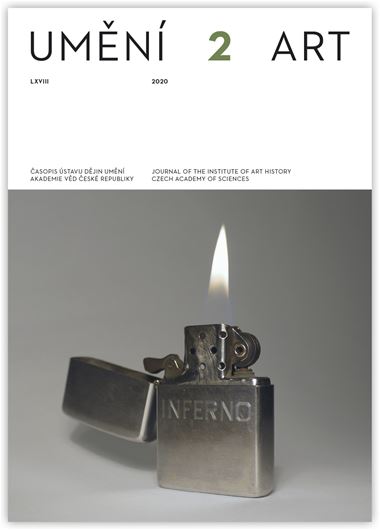Hubert Guzik
Public Opinion, Glasnost and the Competition for the Reconstruction of the Old Town Hall in Prague
Parts of the Old Town Hall were entirely destroyed in the Prague Uprising in 1945 and were never replaced. In 1987 a competition for a replacement on the site brought nothing in the way of pioneering architectural vision, but triggered a heated public debate. This article analyses the political contexts of the debate and explores the changes in the relationship between architects and the lay public in the last years of “real socialist” Czechoslovakia. The debate on the Old Town Hall took place at a time when elements of Soviet “Glasnost” were starting to spread to Prague. Glasnost brought a stimulus to the politicisation of Czechoslovak society, enabling members of the public to express relatively open criticism in areas where there was no threat to the foundations of the regime, and it also upset the existing balance between the architects- experts and the “statistically averaged out” users of their buildings. When the Old Town competition was announced, the users of buildings, whom the architects had got used to seeing as “silent” allies in negotiation with a construction sector responsible for prefab “panel” housing estates, took up a position of entrenched hostility to contemporary architecture. While at the level of diagnosis of the dismal state of the residential or urban environment the experts and the public were in many respects in agreement, their ideas on new buildings in historically valuable localities were essentially at odds. The general public mostly preferred the competition entries that used a historicising morphology and a creative but restorative approach, and vigorously rejected soc-modernist and post-modernist proposals. The bitter debate about the re-building of the Town Hall was not conducive to deeper thinking on the mechanisms of architectural participation, and in this sense the affair differed from the concurrent attempts to save Prague’s old suburb of Žižkov. Indeed, the Old Town dispute and the public attacks on contemporary architecture that it involved were one reason why after the Velvet Revolution, professionals for a long time tended to avoid the subject of democratic architectural participation.
Hubert Guzik: guzikkam@fa.cvut.cz
Full-text in the Digital Library of the Czech Academy of Sciences:
https://kramerius.lib.cas.cz/uuid/uuid:705624bd-e3dc-4d18-97a9-798066ca04ec
< back

